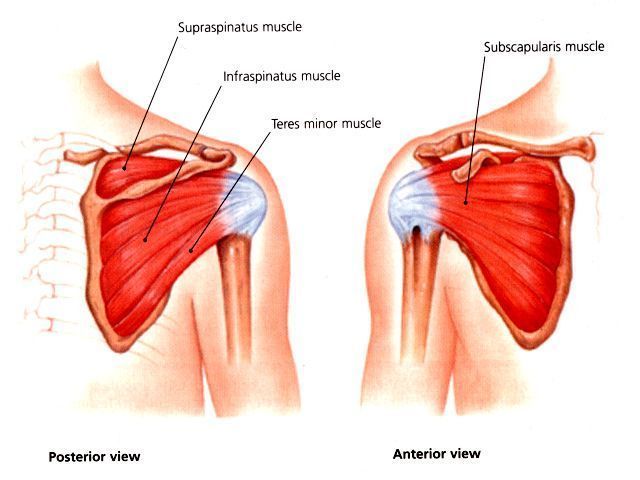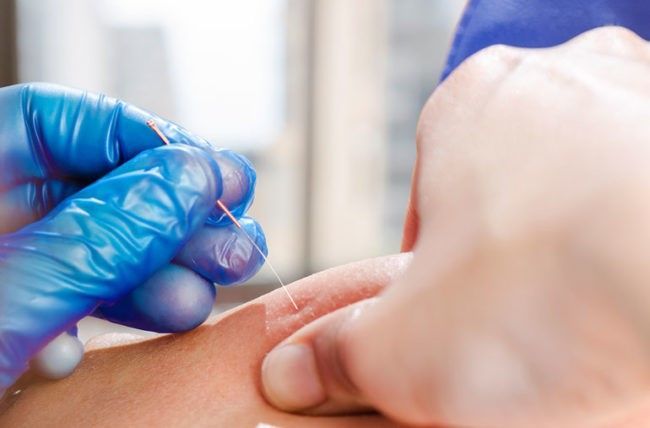Let’s disc-cus discs!
Let’s Disc-cus Discs !
Our intervertebral discs consist of two layers: the inner layer called the nucleus pulposus and the outer layer called the anulus fibrosus. The anulus fibrosus consists of concentrically arranged Type I and II collagen fibres and fibrocartilage which keeps the nucleus pulposus under tension. On the other hand, the nucleus pulposus contains loose fibres within a muco-protein gel. The intervertebral discs lie between the central bodies of our spinal vertebrae except for the C1-2 and C0-1 levels, the two uppermost spinal segments in the neck.
Above and below each disc there are hyaline cartilage endplates derived from the respective spinal segments above and below each disc, thus forming a strong and robust fibrocartilaginous joint called a symphysis. These endplates are both bony and cartilaginous in nature and create an exceptionally strong and robust attachment to the anulus pulposus of the disc. The endplates:
- Allow for slight movement of the vertebrae as we move
- Keep the discs in position
- Help evenly spread applied loads to the back
- Provide anchorage for the collagen fibres of the disc
- Act as a semi-permeable interface for the exchange of water and solutes to and from the disc
The discs and their respective endplates also act as ligaments to hold the vertebrae together.
The position of our discs are also maintained by the longitudinal ligaments. The posterior longitudinal ligament is fused with the discs over a broad surface from the C2 segment in our neck right the way down to the sacrum. The anterior longitudinal ligament crosses all the spinal segments and discs at the front of the spinal column from neck to sacrum. It is thicker and slightly narrower over the vertebral bodies but thinner and slightly wider over the intervertebral discs.
Discs are the shock absorbers of the spine; the equivalent would be the cartilage in the knee joint. The nucleus pulposus helps to distribute pressure evenly across the disc from loading and prevents excessive forces on the vertebral endplate. Loading compresses the discs, and when it is de-loaded, they regain their original shape over time. When we move our backs, the discs, as elastic elements, are compressed or stretched unilaterally depending on the direction we are moving in.
Putting all this anatomical information together we can clearly say that our discs are strong , biomechanically secure , robust and fit for purpose !
Injuries to the Discs
Like other structures in the body discs can become injured…but they can heal! In a similar way, the severity of disc injuries and also how the body interprets and responds to such an injury is different from person to person. Sometimes the disc may be injured (anulus fibrosus and/or nucleus pulposus) but it is not the structure that is causing the pain. Facet joints of the vertebrae, spinal ligaments, synovial membranes of the spinal joints, nerves and muscles may be involved in producing pain in relation to a disc injury as a protective mechanism or from inflammation.
Nakashima and colleagues (2015) stated that:
“Disc bulging was frequently observed in asymptomatic (i.e. pain-free) subjects, even including those in their 20s. The number of patients with minor disc bulging increased from age 20 to 50 years. In contrast, the frequency of spinal cord compression and increased signal intensity increased after age 50 years, and this was accompanied by increased severity of disc bulging.”
So we can infer that people who are pain-free with no symptoms can have similar age-related degenerative changes of the different structures in their spine to those people who have pain. This is summed up nicely in a table taken from Brinjikji and colleagues’ systematic review (2015):
Also in 2015, Chiu and colleagues concluded that:“Spontaneous regression of herniated disc tissue can occur, and can completely resolve after conservative treatment. Patients with disc extrusion and sequestration had a significantly higher possibility of having spontaneous regression than did those with bulging or protruding discs. Disc sequestration had a significantly higher rate of complete regression than did disc extrusion….The rate of spontaneous regression was found to be 96% for disc sequestration, 70% for disc extrusion, 41% for disc protrusion, and 13% for disc bulging. The rate of complete resolution of disc herniation was 43% for sequestrated discs and 15% for extruded discs.”
However, disc injuries can be severe enough to cause debilitating pain, impinge on nerve roots or protrude into the spinal canal with the possibility of neurological signs and symptoms. If in doubt, get checked out by your G.P. and Chartered Physiotherapist.
References
Brinjikji, W., Luetmer, P.H., Comstock, B., Bresnahan, B.W., Chen, L.E., .A. Deyo, R.A., Halabi, S., Turner, J.A., Avins, A.L., James, K., Wald, J.T., Kallmes, D.F. and Jarvik, J.G. (2015) Systematic Literature Review of Imaging Features of Spinal Degeneration in Asymptomatic Populations. American Journal of Neuroradiology, 36: 811-816.
Brukner, P. and Khan, K. (2012) Clinical Sports Medicine , 4th Edition. Sydney: McGraw Hill.
Chiu, C.C., Chuang, T.Y., Chang, K.H., Wu, C.H., Lin, P.W., Hsu, W.Y. (2015) The probability of spontaneous regression of lumbar herniated disc: a systematic review. Clinical Rehabilitation, 29(2):184-95.
Nakashima, H., Yukawa, Y., Suda, K., Yamagata, M., Ueta, T., Kato, F. Abnormal findings on magnetic resonance images of the cervical spines in 1211 asymptomatic subjects. Spine. 2015;40(6):392-8
Platzer, W. (2004) Color Atlas of Human Anatomy, Vol. 1 Locomotor System, 5th Edition. Stuttgart: Thieme.







